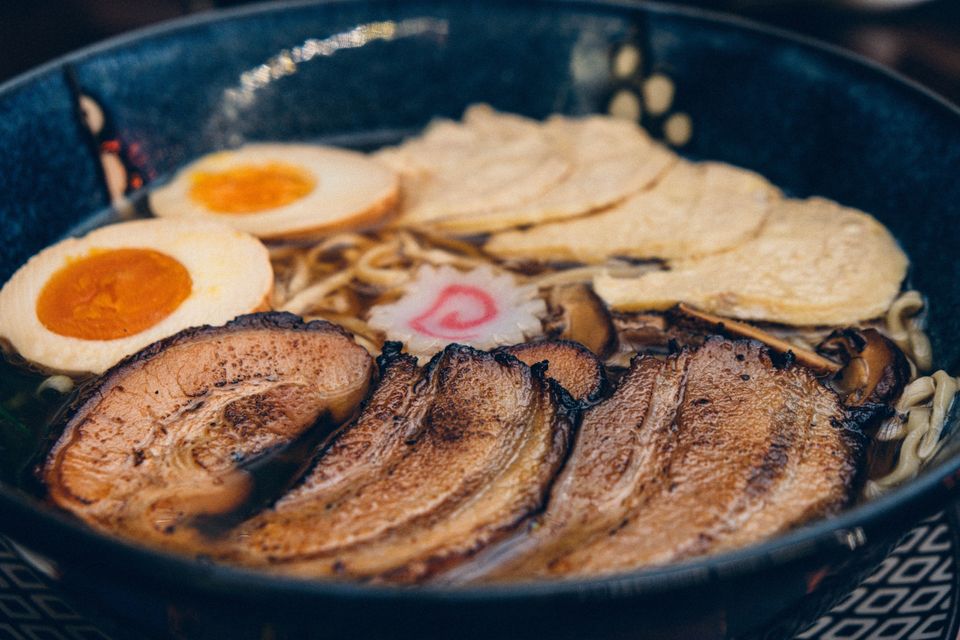Obviously eating an occasional dish of ramen is not very dangerous. But you probably agree that the long-term effects of overeating may lead to a premature death. Just think of heart disease/high blood pressure/diabetes...
And because ramen are delicious, cheap and available anywhere, overeating on ramen is not that unlikely. But there are faster ways to die.
Live like there's no tomorrow
Fugu
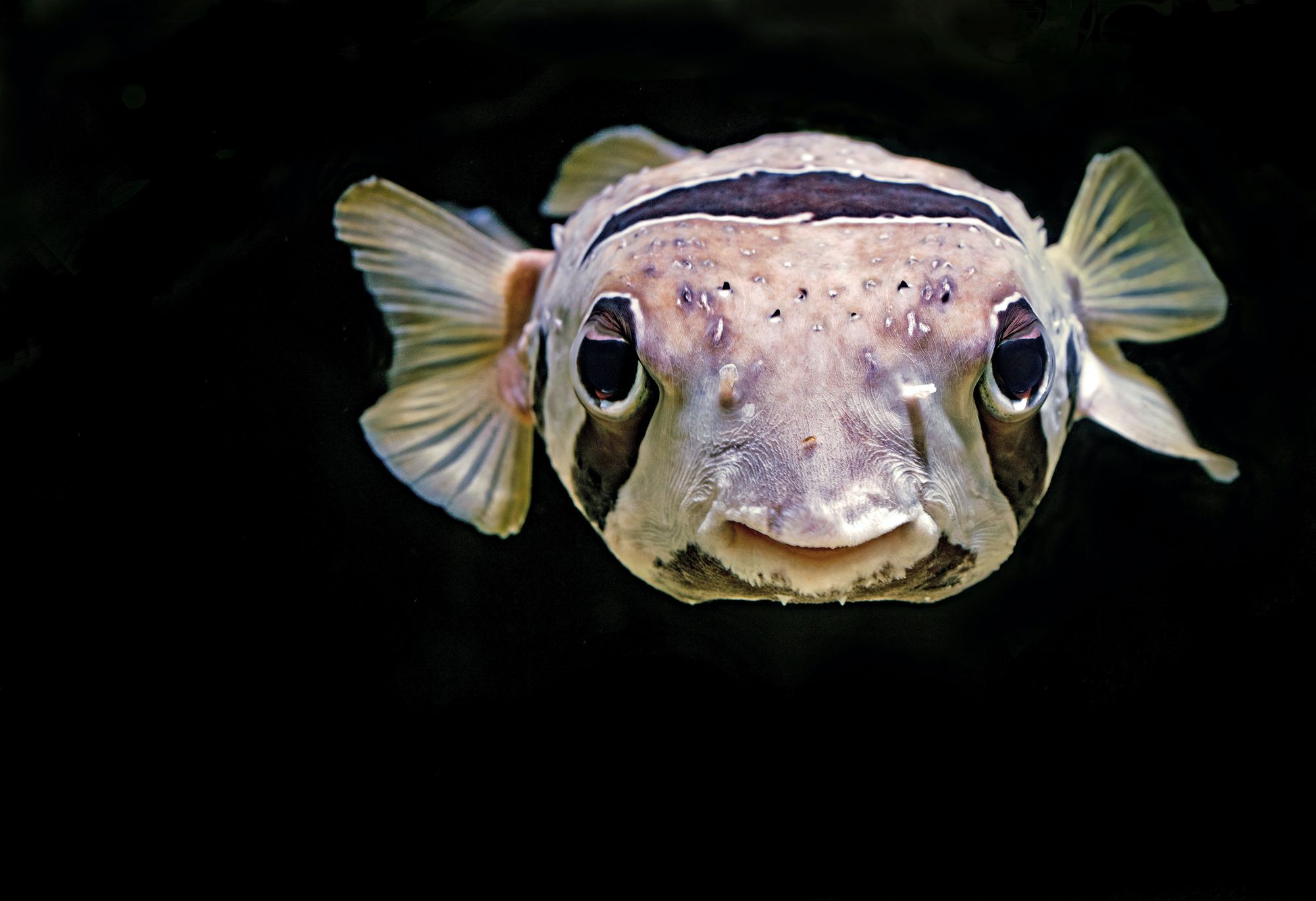
Most people, even foreigners, know that eating fugu may cost them quite a lot of money. And maybe their life in addition.
Although not all species of pufferfish contain poison, some of them are counted amongst the most poisonous and therefore deadliest vertebrates in the world. That means ranking in the top 10 amongst nearly 70.000 species to choose from.
The poison, Tetrodotoxin, is around 1000 times as potent than cyanide, so make sure you have a licensed chef prepare your fugu and not your friend Hanako’s uncle.
The ministry of Health, Labour and Welfare has issued a list which shows which parts of which species of Puffer and Blowfish are edible and which aren’t. But despite ample information and regular warnings, there are several cases of food poisoning recorded every year.
|
Year |
Fugu food poisoning cases |
Deaths |
|
2012 |
14 |
0 |
|
2013 |
16 |
0 |
|
2014 |
27 |
1 |
|
2015 |
29 |
1 |
|
2016 |
17 |
0 |
|
2017 |
19 |
0 |
|
2018 |
14 |
0 |
|
2019 |
15 |
1 |
|
2020 |
20 |
1 |
|
2021 |
13 |
0 |
Luckily last year, no one died eating fugu. But during the last 10 years, a total of 184 people got food poisoning from fugu and 4 of them died. Source
The last death that happened despite a licensed professional preparing the dish was in 2011. So if you must eat fugu, make sure you trust the cook. Do avoid uncle Hanako’s fugu.
Hide'n'seek
You can choose to not eat fugu and still end up getting food poisoning from fugu. In August 2021 a fugu sneaked into a package of Japanese horse mackerels at a supermarket. His cover blew before he was sold, though.
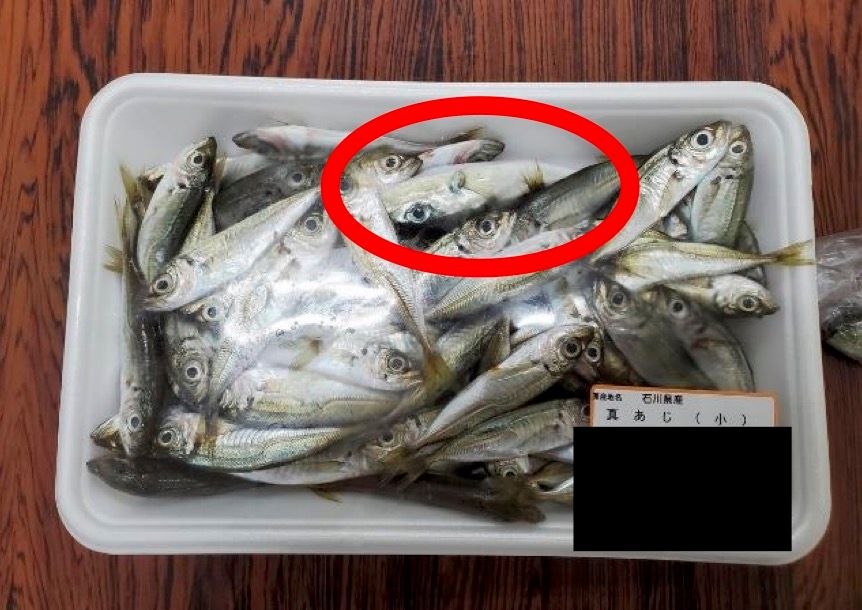
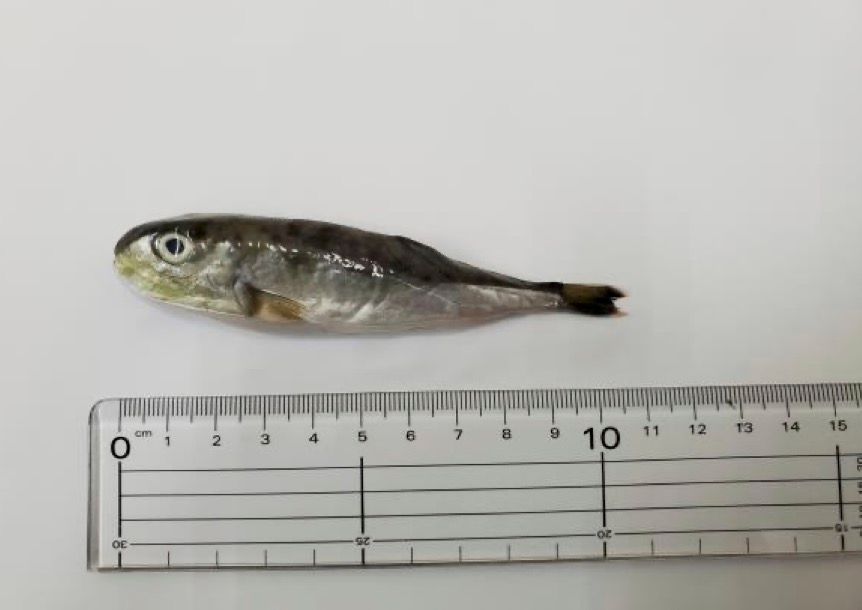
Garlic chives
Garlic chives themselves are not dangerous at all. But their lookalike is dangerous:

In the ten years since 2012, 62 cases of food poisoning with narcissus have been recorded, which affected a total of 195 people including one death.
Only this month there was an incident where narcissus was served at a kindergarten in Tokyo and 12 kids had food poisoning. Luckily, they all recovered.
Meadow Saffron
An even more dangerous food choice is meadow saffron (イヌサフラン ). No one chooses to eat it, but its leaves can be mistaken for plantain lilies or Allium ochotense. And its bulbs with potatoes and onions.

The plant is responsible for 11 deaths over the course of the last ten years.
But whereas narcissus sometimes are mistakenly sold as garlic chives at farmers markets, meadow saffron hardly ever is, so unless you go picking herbs and plants in the wilderness of Japan, you might be spared from this horrible culinary experience.
Mushrooms
The same goes for mushrooms. Sometimes people will collect mushrooms and sell them at farmers markets, so you might end up eating a deadly mushroom even if you buy them.
Fortunately, the only mushroom that caused a total of two deaths in Japan in the last 10 years was the Russula subnigricans (ニセクロハツ).
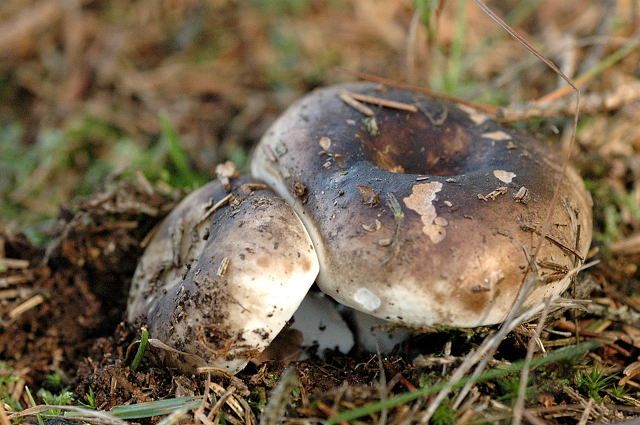
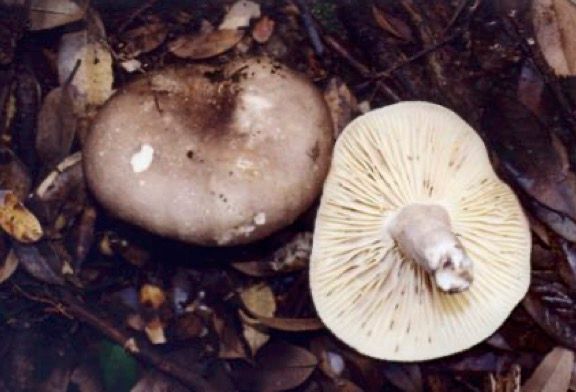
What to expect after ingesting this deadly mushroom: Within 30 minutes up to several hours you may experience vomiting, diarrhea, excruciating muscle pain and difficulty breathing thanks to Cycloprop-2-ene carboxylic acid.
There are other poisonous mushrooms out there, so make sure you know what’s safe to eat before you go about picking poison. The Tokyo Food Safety Information Center offers some information in English on their homepage.
The most common poisonous mushrooms on people's plates are:
Omphalotus japonicus (ツキヨタケ) , Tricholoma ustale (カキシメジ), llus serotinus (ムキタケ) and Entoloma rhodopolium (クサウラベニタケ).
In total only about 2% of yearly food poisoning cases are from mushrooms. So feel free to feel more or less safe.
Yamaimo
Another plant that has a deadly lookalike: fire lilies. Though the plant itself doesn’t look anything alike, the root looks like yamaimo (山芋) or Japanese mountain yam. Only two weeks ago a 60 year old from Miyazaki died because he didn’t realise he was taking home a fire lily root, not a yamaimo. That is the second death in the last ten years.
Yamaimo babies are called mukago (ムカゴ) in Japanese. No worries: they aren’t deadly and they have no deadly lookalikes. But I’ve had tiny stones in my mukago several times and I chipped a tooth one time. The stones looked EXACTLY like a mukago. The only difference was the weight.
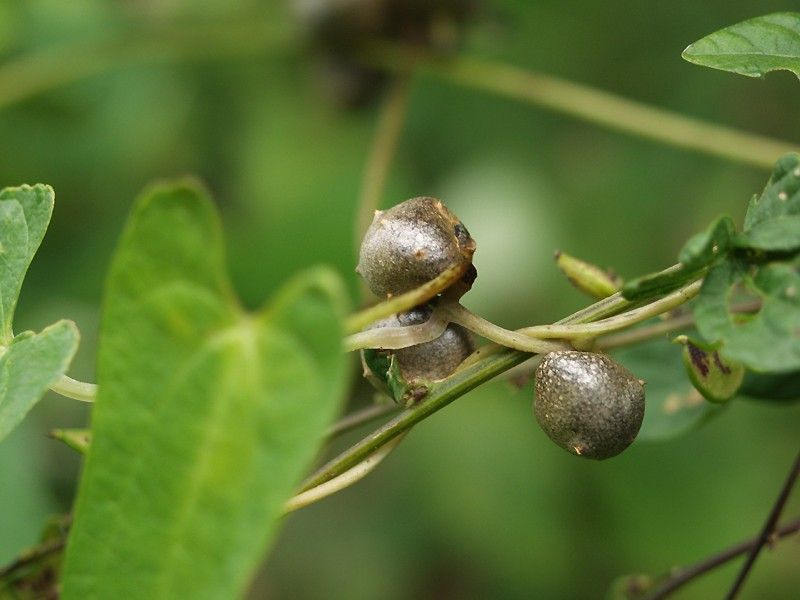
Raw fish
And then, of course, there’s always sashimi and sushi. Although the risk of losing your life to a raw fish is very low, excruciating pain is still a possibility.
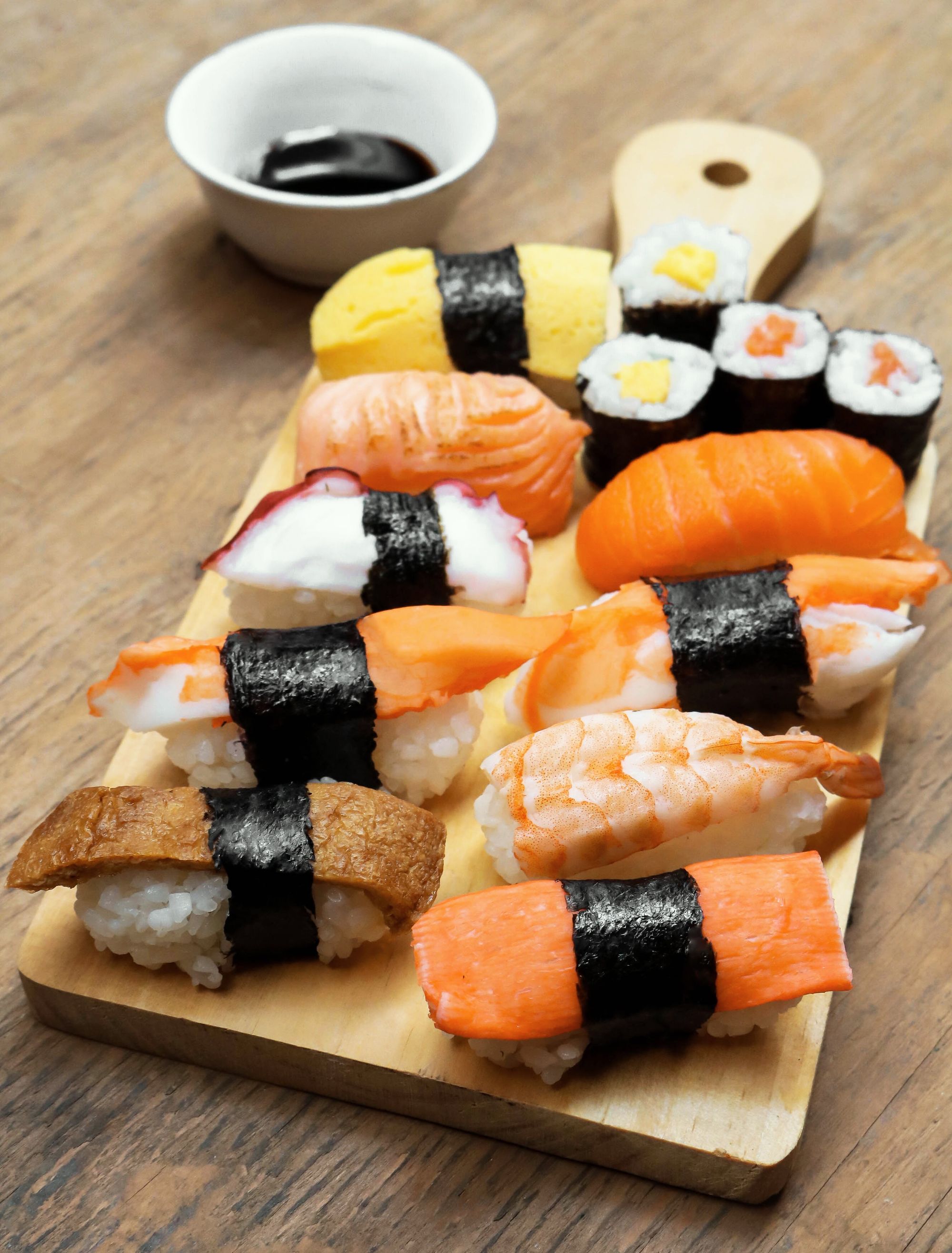
Anisakis simplex
The highest risk of infection that raw fish poses is with the Anisakis simplex worm.
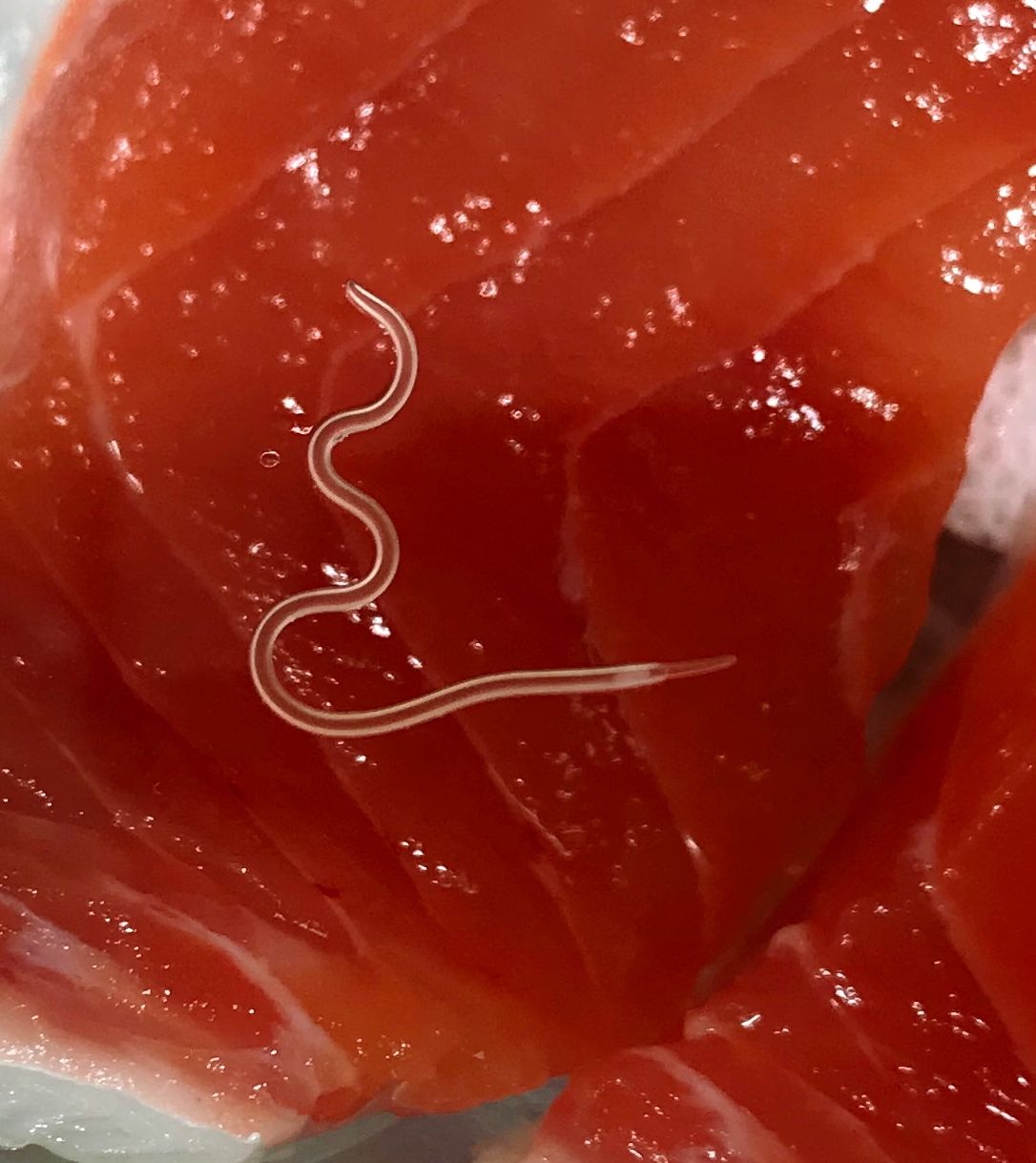
Although there are no recorded fatalities, you might cough up a worm if you’re lucky. If you are not lucky enough to live through this grotesque spectacle, you might end up having a worm burrow into your intestines, which often results in inflammation, some serious pain and maybe a new allergy. Apparently some fishermen are allergic enough to develop a rash after handling infected fish.
|
Year |
Food poisoning cases |
|
2012 |
14? |
|
2013 |
89 |
|
2014 |
79 |
|
2015 |
132 |
|
2016 |
125 |
|
2017 |
246 |
|
2018 |
479 |
|
2019 |
337 |
|
2020 |
397 |
|
2021 |
356 |
If your fish was frozen before you ate it, allergic symptoms should be the only trouble you have.
Either way, the worm normally dies off within three weeks and will be eliminated from your body. Pain from whatever the worm did inside you may persist for a couple of weeks or even months.
Kudoa septempunctata
Also quite common is an infection with Kudoa septempunctata, but that normally passes with only mild symptoms.
|
Year |
Food poisoning cases |
Affected people |
|
2012 |
? |
? |
|
2013 |
21 |
244 |
|
2014 |
43 |
429 |
|
2015 |
17 |
169 |
|
2016 |
22 |
259 |
|
2017 |
12 |
126 |
|
2018 |
14 |
155 |
|
2019 |
17 |
188 |
|
2020 |
9 |
88 |
|
2021 |
4 |
14 |
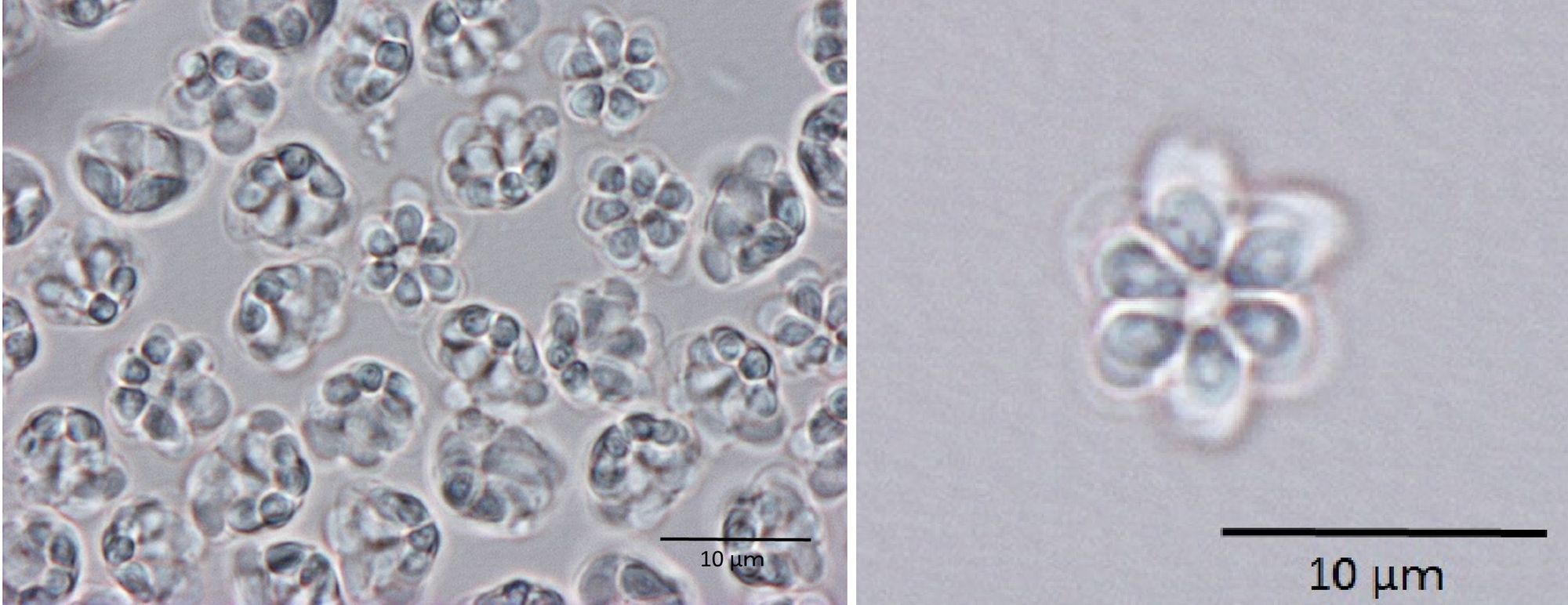
How to avoid being infiltrated?
There are a couple more parasites, for example tapeworms, that you may contract from raw fish. But all of them rather harmless.
Wanna reduce the risk? Freeze your fish before you eat it. It will lose some of its flavour but along with it some of the dangers.
If you want to rule out any risk, leave the sashimi be and choose a cooked dish.
Mochi
Less creepy but quite deadly are mochi, Japanese rice cakes. Unassuming, but ranking number one when it comes to annual death tolls amongst all of these Japanese dishes.
In 2018 and 2019, a total of 661 people above 65 lost their lives due to mochi being stuck in their throats.
Source: Ministry of Health, Labour and Welfare
The food safety commission of Japan was asked to assess the danger of mini cup jellies after a choking accident in 2008. To assess the risk, they came up with the following formula:
Choking accidents per bite = fatal choking accidents per day : (average amount ingested per day : average bite size x population)
|
Food |
Occurrence of choking (x0.00000001) |
|
Mochi |
6.8~7.6 |
|
Mini cup jelly |
2.3~5.9 |
|
Candy |
1.0~2.7 |
|
Jelly with konyakku |
0.14~0.33 |
|
Bread |
0.11~0.25 |
|
Meat |
0.074~0.15 |
|
Fish |
0.055~0.11 |
|
Fruit |
0.053~0.11 |
|
Rice dishes |
0.0046~0.093 |
If you look at the chart you can see that you are more than 130 times as likely to choke on mochi instead of an onigiri. But then again, mochi taste about 130 times as good.
The outcome: mochi is the deadliest food when it comes to choking. Plus, it is responsible for more deaths than any worms, lookalike plants and fugu combined.
But mochi are delicious! I’ll put my life on the line anytime Hanako’s uncle offers me a proper mochi.
Conclusion
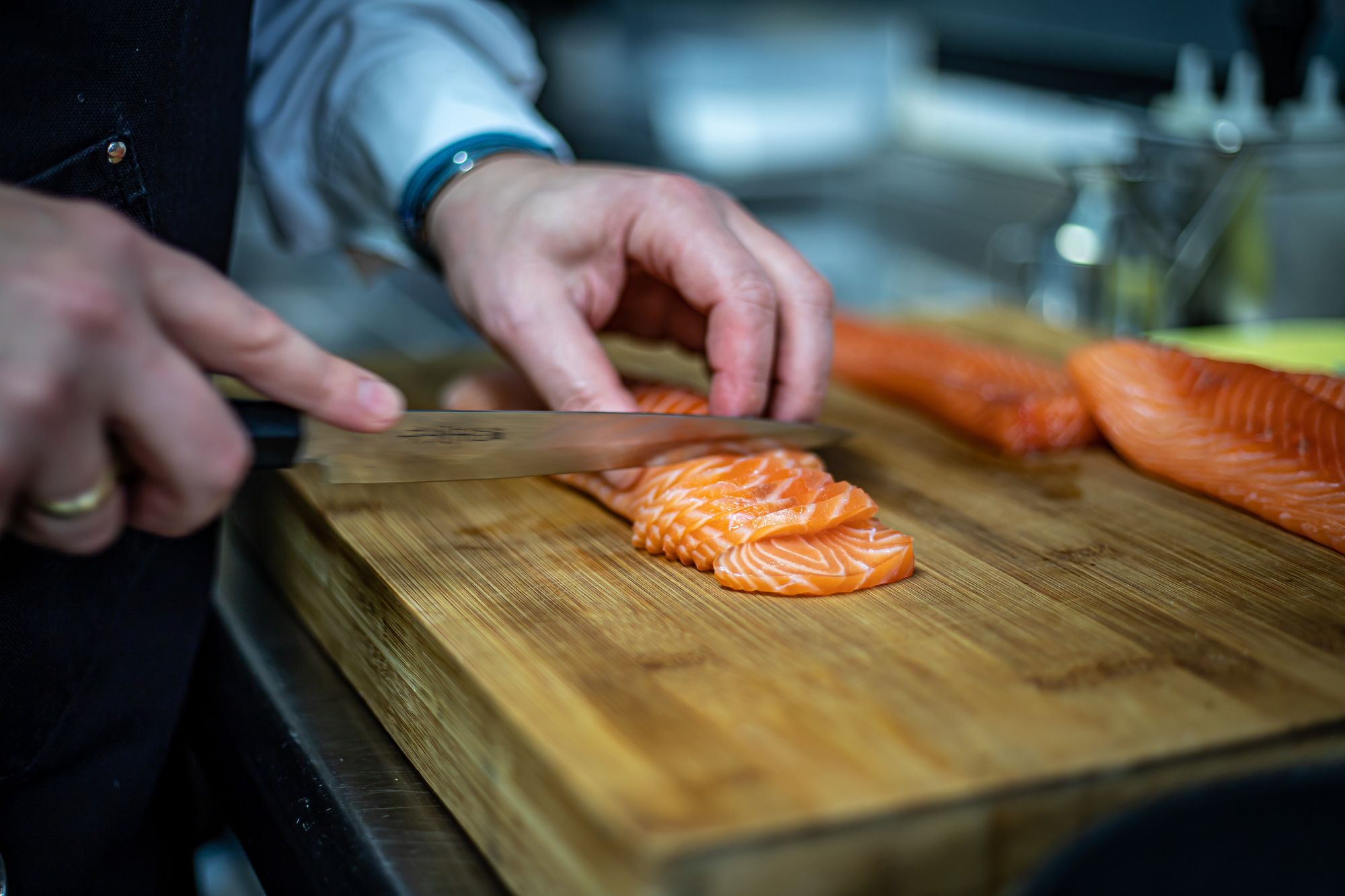
After my research, I do consider cutting down my sashimi intake from now on. And overeating on ramen seems like a pretty harmless choice in comparison to other culinary risks…
Any Japanese dishes you can’t live without?
Oh, and if there are any other Japanese dishes that are dangerous that you can think of, please contact me to protect me and other fellow readers.
Prefer to watch this content on YouTube? Go for it!


